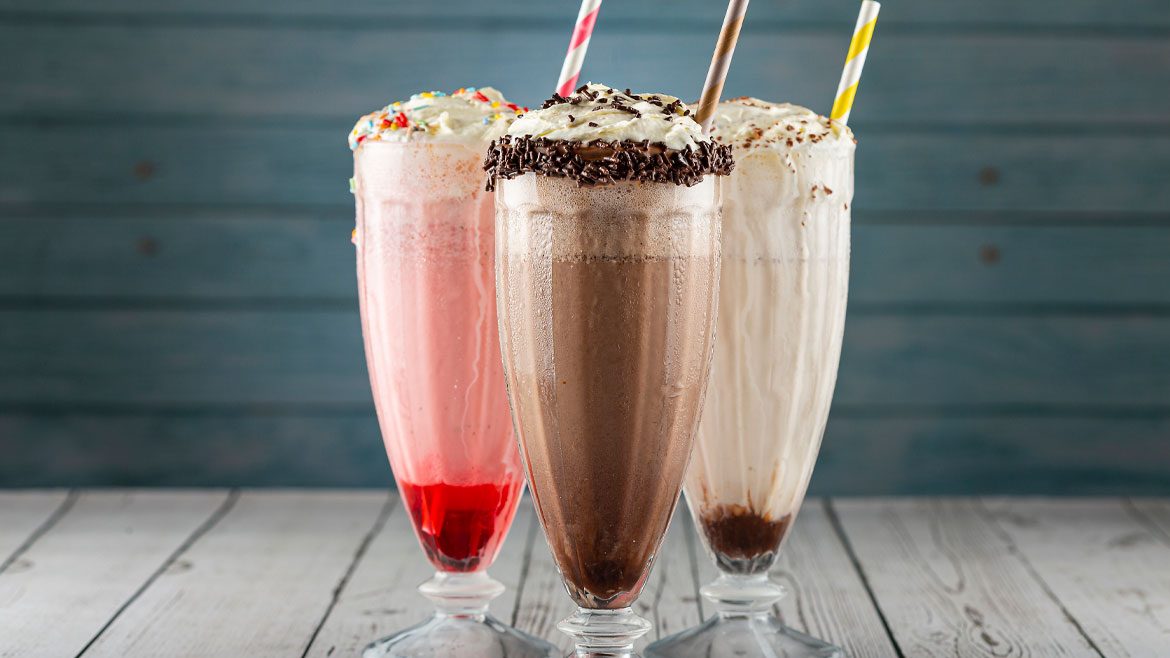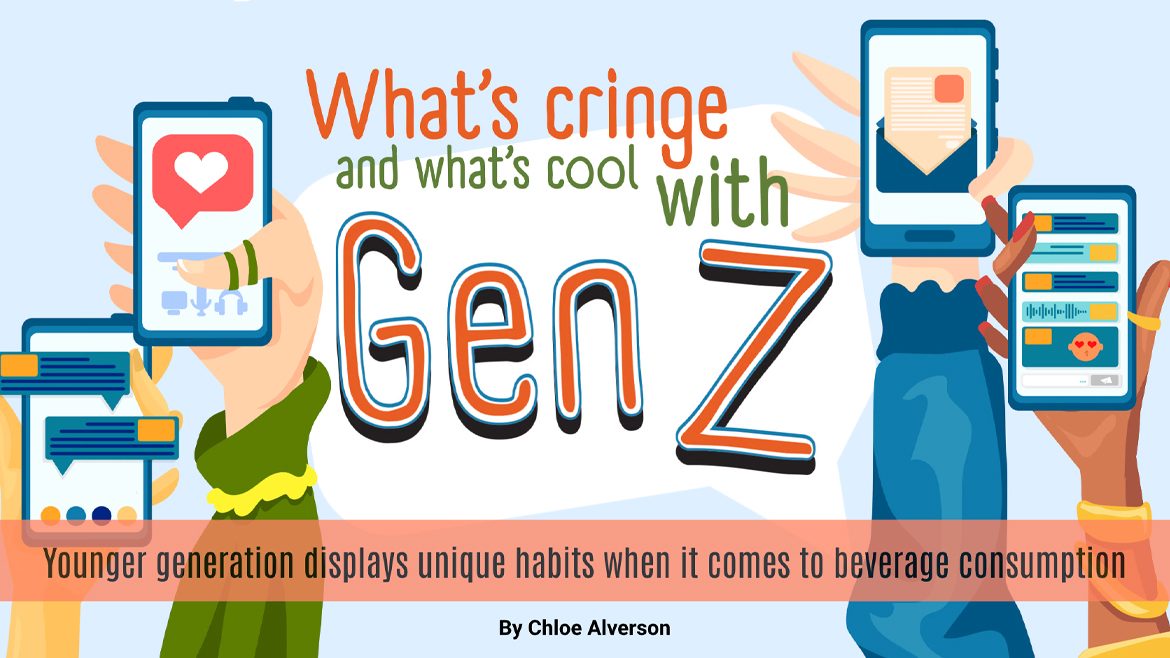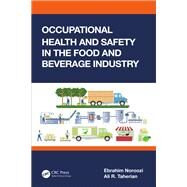Special Report: Health & Wellness - October 2010

Expense was the primary reason North American consumers do not eat healthy, according to “Global Trends in Healthy Eating” an international survey released in August by The Nielsen Co., New York. Financial concerns were cited by 33 percent of the more than 27,000 consumers in 55 global markets polled for the survey. Globally, time constraints edged out cost as the primary reason why consumers worldwide don’t eat healthy, Nielsen says.
In the United States, despite the growing awareness about healthy eating and wellness, the economic downturn forced American consumers to cut back on food and beverage purchases altogether, reports Euromonitor International, Chicago. How-ever, consumers continued to purchase naturally healthy beverages, especially tea, ready-to-drink tea and superfruit juice, Euromonitor’s May “Naturally Healthy Beverages U.S.” report says. Increases in these categories were able to off-set declines in still natural mineral water and still spring water to help inherently healthy beverages report only a negligible decline in 2009, Euromonitor says.
Due to the high incidences of cancer and heart disease in the United States, Euromonitor predicts beverages containing antioxidants will continue to be sought after by consumers and recommended by health specialists. Antioxidant-rich superfruit juices and teas tend to attract a slightly older consumer base, the research firm reports.
Euromonitor reports manufacturers responded to the growing popularity of tea by launching more rooibos, white and red tea products in 2009. Overall, loose and bagged teas reached $96 million in sales in 2009, which was an increase of 41 percent from 2008, Euromonitor says.
“Although America is still primarily a coffee-drinking nation, an increasing number of consumers are being drawn to tea for its natural health benefits,” Euromonitor reports. “Antioxidants and catechins, such as epigallocatechin gallate (EGCG), are all associated with health and disease prevention, and U.S. consumers are increasingly seeking out tea products that contain these components.”
The Republic of Tea, Novato, Calif., targeted antioxidants with the release of its Raw Green Bush Tea line, which is made with unoxidized South African rooibos. The line is low in tannins and also contains naturally occurring trace amounts of iron, magnesium, potassium, fluoride, manganese, zinc, calcium and vitamin C. Raw Green Bush Teas launched in Natural Organic, Black Currant Cardamom, Plantain Coconut, Mango Chili and Orange Red Carrot varieties.
In addition, the popularity of superfruit juices has expanded beyond cranberry and pomegranate with new fruits from exotic locales debuting in the U.S. market. Dragon fruit, a fruit rich in antioxidants, is featured in a line of juices from Lakewood Organic, a division of Florida Bottling Co. Available in Black Dragon, Red Dragon and Blue Dragon, the 100 percent juices feature a blend of dragon fruit juice with acai, goji and lychee juices, respectively.
Honest Tea, Bethesda, Md., combined the antioxidant benefits of tea with the emerging superfruit, maqui berry, for its Maqui Berry Mate and Passion Fruit Green Tea with Maqui Berry launches. Maqui Berry Mate contains a blend of organic unsmoked yerba mate and wild maqui berries, which Honest Tea says have the highest antioxidant levels of any fruit. Maqui berry is an accent flavor in Honest Tea’s Passion Fruit Green Tea, which is sweetened with stevia for a beverage that contains zero calories.
Label checkers
Health and wellness minded consumers maintain high standards for the products they’re purchasing.
“Consumers are increasingly interested in simplicity and knowing that food and beverages they choose are in fact, healthy. Products that clearly and explicitly inform consumers of ingredients and benefits are becoming quite popular as consumers shift away from artificial ingredients in favor of natural products,” Euromonitor’s “Naturally Healthy Beverages U.S.” report says.
While in the store, natural beverage consumers are more apt to respond to shelf tags with nutrition information than the common shopper, says Greg Stephens, vice president of strategic consulting for The Natural Marketing Institute (NMI), Harleysville, Pa.
“Package label and shelf tags are something that the people looking for natural beverages tend to study a lot more than the general population does,” he says. “If you think about it, it’s just intuitive that if you’re really into [natural beverages] you have to read about it and understand it.”
Shoppers also look at calories, total fat, sugar and sodium content when examining the packaging and nutrition information, NMI found in its “Healthy Aging and Boomers” survey. Recently, consumers also have been paying more attention to sweeteners, he says.
In the better-for-you beverage segment, which includes low- and no-calorie carbonated soft drinks and reduced-sugar juices, stevia is gaining in popularity as the sweetener of choice for zero-calorie beverages. Euromonitor’s May “Better for You Beverages in the U.S.” report notes full sugar beverages have been challenged by consumers’ desire to lose or maintain weight. The better-for-you beverage segment will continue to be characterized by no- and low-calorie benefits, Euromonitor says.
In 2009, reduced sugar juice drinks experienced the largest growth in the better-for-you beverage segment, Euromonitor reports. Coca-Cola Co.’s Minute Maid offers light juices that contain lower calorie and lower sugar content by using a combination of sucralose, aspartame and acesulfame potassium as sweeteners. The juices include Orange Tangerine, Limeade, Lemonade, Orangeade, Cherry Limeade and Raspberry Passion. Sweetened with stevia, PepsiCo offers its Trop50 line of reduced calorie juices in Farmstand Apple, Pomegranate Blueberry and a variety of orange juices.
Despite the developments in the better-for-you beverage segment, fortified and functional beverages remain a threat, Euromonitor says.
“Though many products in the better-for-you [segment] reduce or eliminate negative ingredients, they do not necessarily add any positive ingredients,” the firm reports. “As consumers continue to look for ways to improve their lifestyles, they are seeking out enhanced products with functional ingredients. They are also seeking convenient ways to consume vitamins and fortified/functional bev-erages provide the appropriate format to do so.”
Functional fever
The recession also caused many con-sumers to focus more on their personal health and the health of loved ones, Mintel International, Chicago, reports in its May report, “Functional Beverages – U.S.” To do so, many are turning to functional beverages that are more commonly thought to promote health, the report says. The category includes energy drinks and shots, enhanced water, tea, dairy and non-dairy beverages as well as functional juice blends and beverage mixes. Functional beverage sales grew 25 percent from 2004 to 2008, but decreased more than 2 percent in current prices from $9.2 billion in 2008 to $9 billion in 2009.
Impacted by the recession and a desire to take a proactive approach to their health, consumers are purchasing functional beverages that are more traditionally associated with health, Mintel says. This distinction has led to decreased sales of brands with dubious health claims and unhealthy stigmas, the research firm says.
NMI agrees consumers are searching for the specific functional benefits provided by certain fortifications, Stephens says. The benefits of omega-3 fatty acids and probiotics effectively have been communicated by manufacturers to consumers, Stephens says.
“Consumers are aware of what omega-3s mean and they are aware of probiotics, and maybe more importantly they are actually aware of the benefits associated with them, which has always been a stumbling block,” he says. “You can build awareness, but just because people know the term omega-3 and if they don’t know what benefits they associate with it, it doesn’t do a lot of good.”
Omega-3 fortified beverages have developed widespread demographic appeal, according to NMI’s “Healthy Aging and Boomers” report, which surveyed healthy eating habits of baby boomers as well as the general population.
“I would have thought that the boomer population, since they are interested in age-related memory decline, that they might be more interested in it, but mental acuity goes right across the board to everybody, it’s not just limited to the older population,” Stephens says.
According to NMI’s research, certain functional beverages appeal to specific demographics. Younger consumers, often called “Millennials” or “Generation Y,” are most likely to purchase natural beverages and frequently do so for hydration as well as a quick energy boost. Generation X and baby boomers most frequently look for digestive health benefits, NMI’s research shows. For mature adults, who are older than baby boomers, joint health is one of the most popular functional benefits, he says.
Products with cardiovascular and immunity benefits are growing in awareness with consumers, Stephens says.
Natural growth
All-natural beverages were far more likely to have been purchased than organic variants by natural and organic food and beverage consumers, reports Mintel’s “Natural Products Marketplace Review: Beverages – U.S.” Nearly 90 percent of respondents to a Mintel survey indicated they purchased natural beverages, while 61 percent bought organic. Consumer preferences between natural and organic vary depending on the product, the report says.
“Packaged tea may be seen as discretionary and therefore natural variants will be satisfactory and save the consumer money. Refrigerated juices such as orange juice likely are staples in households, and with sharp differences in prices between natural and organic fresh juices, the latter is often simply beyond the means of many consumers,” Mintel says.
From 1998 to 2009, more than 3,000 organic beverages were launched as monitored by Mintel’s Global New Products Database. In 2009, packaged organic tea accounted for 33 percent of all organic beverage launches, Mintel reports.
More than 3,200 natural beverages were introduced from 1998 to 2009, Mintel says. All-natural packaged tea and natural juice represented the two largest sectors, which accounted for 33.2 percent of all natural beverages launched between January and September 2009.
Mintel’s report estimates natural and organic beverages had $3.5 million in sales in 2009, which represents a 2.4 percent decline from 2008. From 2006 to 2008, natural and organic beverages experienced double-digit increases with a peak of 20.4 percent in 2007, Mintel reports. The firm forecasts growth for the category through 2012 with predicted increases of 3.8 percent this year, 7.3 percent in 2011 and 11.4 percent by 2012.
Private label and store brand sales of natural and organic items contributed to natural and organic beverages’ ability to weather the recession, Mintel says. Consumers who were committed to natural and organic beverages kept buying the drinks because they were important to their lifestyle, but opted for the more affordable price point of private label natural and organic options, the research firm says.
“[Consumers have] gone to private label in this depressed economy, but they seem to be pretty pleased with them,” NMI’s Stephens says. “Their feedback is that when the economy picks up they will probably stick with some of the private label store brand products that they find that they’re happier with than they thought they might be.” BI
Looking for a reprint of this article?
From high-res PDFs to custom plaques, order your copy today!




